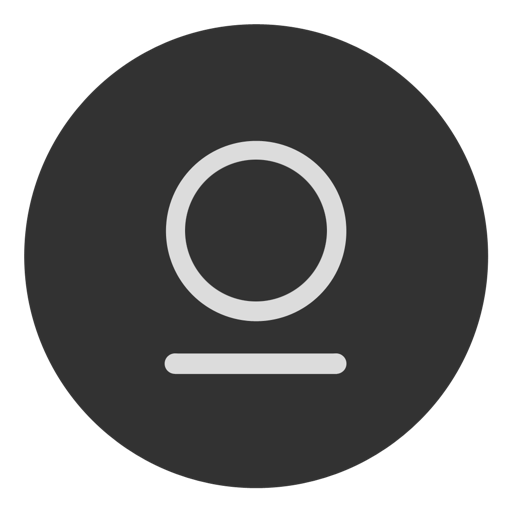

- OMMWRITER ICON INVERT HOW TO
- OMMWRITER ICON INVERT UPDATE
- OMMWRITER ICON INVERT FULL
- OMMWRITER ICON INVERT CODE
Also, be aware that they will add some size to your app (material design icons was around 500KB!).Nigeria South Africa Egypt Algeria Angola Democratic Republic of the Congo This will ensure your users have the best experience. My recommendation as always is to use the platform look and feel for icons in toolbars and tabs. In this instance I am using fonts that are icons inside of the application that are reasonable to look and feel exactly the same across every platform.
OMMWRITER ICON INVERT CODE
Then, if we wanted to use it on an Image the code would reference this key: So, if we were to convert the car from C# to escaped string: public const string Car = "\uf10b" When you want to directly access one of the fonts from XAML you will need to escape the key.

In our XAML it couldn't be easier to data bind to it: Icon = IconConstants.Instagram, //"\uf2fe" Icon = IconConstants.FacebookBox, // "\uf20d" Icon = IconConstants.TwitterCircle, // "\uf547" Here is our source: SocialItems = new List On my Hanselman.Forms app we have a list of social links that we want to display as icons.

One thing that I think is really cool is that since you can use these fonts on any control that has a text property, it means you can use it on a Button! To use the font icons you can do it via a binding to the code that was generated like I did above, or to an escaped string in XAML. If you want to use the font for an Image, the new FontImageSource can be used: What is great now is that we can set any control that has a FontFamily associated with it and simply set the Text property.
OMMWRITER ICON INVERT FULL
Luckily, Andrei wrote an awesome tool to convert a font file to code called IconFont2Code:Īlso, checkou this awesome GitHub Repo where you can download full helper files for Font Awesome and Material Icons. Now, we need to access these fonts! You will need the specific codes for each icon in the font. Since they are different on each platform and we don't want to write a bunch of code every time, we can simply put an OnPlatform key in our application resources: You need to specify the correct value for each platform as to where the font lives. To access the fonts directly it is a bit quirky.
OMMWRITER ICON INVERT UPDATE
iOS: Add the font file with Build Action: BundleResource, and update the ist file (Fonts provided by application, or UIAppFonts, key).Android: Add it to the Assets folder and ensure it is marked as an AndroidAsset.All you need to do is grab the ttf file and add it to the correct location. It was my first real experience seeing custom fonts to remove a bunch of images that were the same on each platform. While I was working on a Xamarin.Forms app I got a great pull request that integrated Material Design Icons into the app. In the code samples below I show the old way of setting the FontFamily, however if you use this method you would just do FontFamily = "FA".

Here, I am using the Font Awesome font and I can access it directly with the font family name of "FA" that I specified with the Alias. Then inside of any file (I like the AssemblyInfo.cs), you can add this export: Simply mark them as EmbeddedResource as the content type in properties. In recent versions of Xamarin.Forms you can now easily add your Fonts into your.
OMMWRITER ICON INVERT HOW TO
So, let's take a look at how to integrate them. additionally, since they are a font they should scale properly across different form factors :)Īnd up until a few weeks ago, I had no idea that Xamarin.Forms had great built in support for them. nope those are being generated from a font! The great part about fonts like this is that they bundle tons of icons into a single file and it is really easy to access them with a specific code. I mean look at all of those beautiful icons right there. FONTS! I bet you thought I was going to say SVG, but NO, FONTS! However, my eyes have been opened and I am all in on FONTS! Yes. It also happens to be the official way that Google, Apple, and Microsoft tell you to do it and they even give you tools like the Asset Studio to help you generate them. The reason I do this was because it gives very consistent look and feel to an app across all of the different form factors of the devices the app may run on. These are properly scaled and sized images that fit hdpi, xhdpi, xxhdi, and so on, which are great because they are super optimized for each platform. My entire mobile development career I have gone all in on using device specific images and icons. Updated: See the newest way of importing fonts with Xamarin.Forms 4.6 on my latest blog post.


 0 kommentar(er)
0 kommentar(er)
